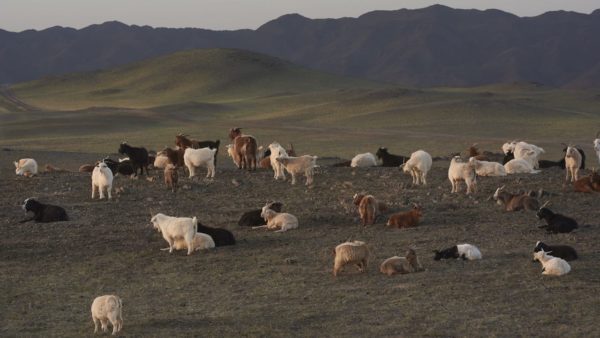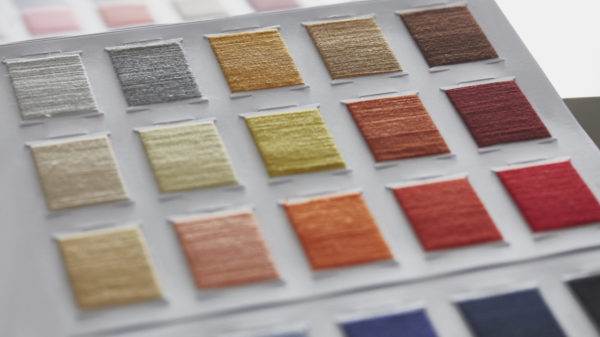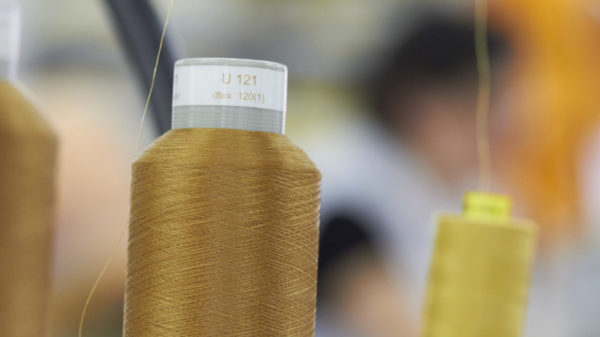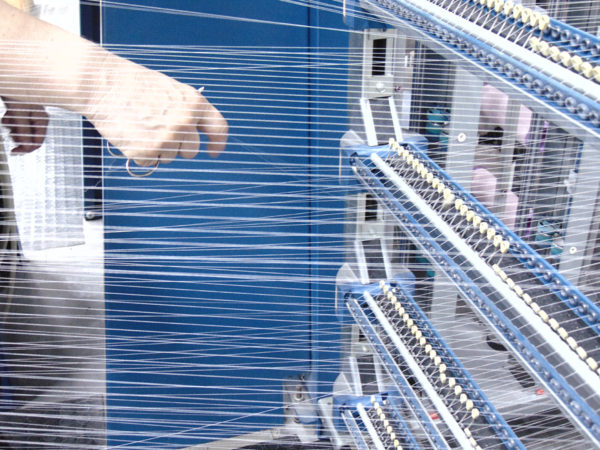"Kering can be a driver of change"
Whether it’s product traceability, sustainable supply chains or next-generation materials, Marie-Claire Daveu, Chief Sustainability Officer and Head of international institutional affairs, explains how Kering goes right to the source to reduce its environmental footprint, starting with how raw materials are produced.

What is the most relevant area for action in order to reduce Kering’s environmental footprint?
Marie-Claire Daveu: Kering’s environmental impact is essentially upstream of the Group’s perimeter, 93% of it being at its supply chain. It’s one of the findings of our Environmental Profit & Loss (or EP&L), a reporting tool we created to measure our footprint and guide our decision-making. Half of our total impact is extremely upstream, right at the phases of producing or extracting raw materials (leather, textile fibres or precious minerals). So this is where we need to concentrate our efforts.
In 2016, we aimed at reducing our environmental footprint by 40% by 2025. We already know how we’ll reach half of this goal. For the remaining 20%, we will only be able to achieve our objectives through innovation. We must develop even more efficient manufacturing processes, identify materials that have an even lower impact, or even create new ones… In any case, these efforts are starting to bear fruit, since, between 2015 and 2018, Kering’s environmental footprint had already decreased by 14% on a comparable basis.
What concrete actions have you already launched?
Our first priority is the traceability of our raw materials: without it, it’s impossible to implement a truly environmental policy. We’ve already progressed from 83% traceability in 2017 to 91% in 2018.
Defining precise standards is another fundamental issue. In January 2018, the Group published its “Kering Standards,” a series of environmental and social criteria for each key raw material, intended for our Houses and their suppliers. In March 2019, they were supplemented by Standards specific to animal welfare. More concretely, in order to make our raw materials ever more sustainable, we are establishing specific programs for the key ones, such as Mongolian cashmere, New Zealand wool, or Chinese silk, for example. This is also the mission of our Material Innovation Lab (MIL). Created in 2013, it provides nearly 3,000 samples of sustainable fabrics and textiles available to our Houses. In 2020, a second MIL will be launched, intended for our Haute Horlogerie and Haute Joaillerie Houses, to expand supply chains for precious minerals. Finally, we systematically include sustainability clauses in our contracts with suppliers, adapting them to relevant processes and materials.
How is the Group working with Houses when it comes to sourcing?
The Group plays a crucial support role; we work closely with our Houses. They each have their own individual road maps to reduce their environmental impact by 40%. Kering’s Sustainability teams are helping them identify and implement best practices. Several topical approaches and working groups have been created to support the Houses. For example, every six weeks, we organize Sustainability Network Meetings, in which Houses and the Group talk about innovative solutions and best practices. Late June 2019, we also brought together House representatives and 80 Italian tanneries in Milan to introduce metal-free leathers of exemplary quality.
Half of reducing Kering’s environmental impact will depend on innovation. What does this look like?
Innovation is essential; it even constitutes an entire aspect of our sustainable development strategy for 2025. This is why we launched the Plug & Play — Fashion for Good partnership, an Amsterdam-based incubator aimed at encouraging social and environmental innovation in fashion and the textile industry, via a development programme for disruptive startups.
In addition, in December 2018 we started the K Generation Award, a prize for scouting and promoting innovative Chinese startups in the field of sustainability. The prize winners will be announced in October 2019, during the Shanghai Fashion Week. Kering is the first Luxury group to focus on sustainability in China. This illustrates a central point: even though Luxury doesn’t represent the bulk of production, of course, it vehicles a powerful image, and Kering can be a genuine driver of change.
In that respect, what are the ambitions of the “Fashion Pact” that will be presented in August at the next G7 meeting in Biarritz?
Last April, François-Henri Pinault was entrusted with this mission by French President Emmanuel Macron. The ambition is to create a coalition of companies that are committed to pursuing a number of environmental objectives. It demonstrates that by implementing concrete solutions, private companies are crucial actors in the protection our planet, just as nations are!
That’s the whole point of this effort: it serves as an excellent example of public-private co-operation, to contribute to solving the major issues of our century. Even if fighting global warming was already part of Kering’s DNA, it’s even more interesting to have a planetary approach, one that brings together many major companies around a common goal. Together, our impact will be even stronger.
Photo : © Jean-François Robert




